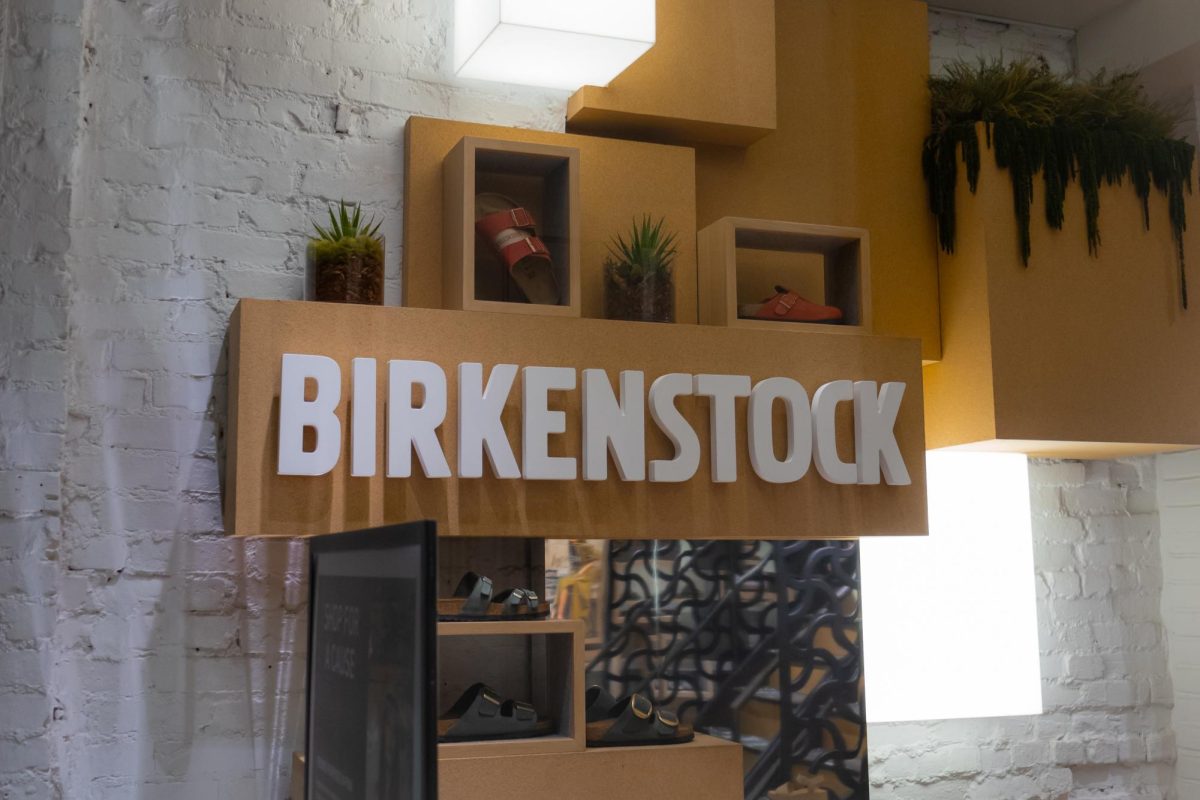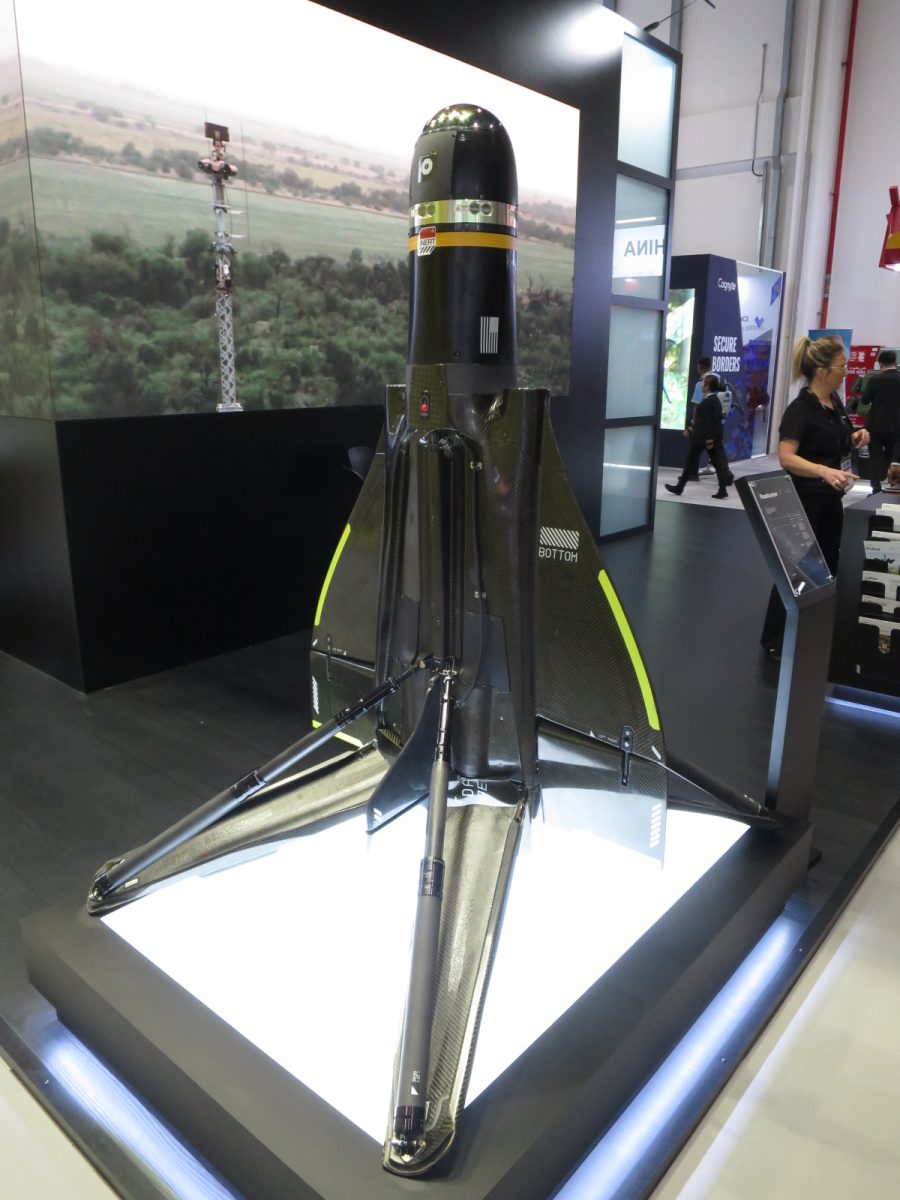German footwear maker Birkenstock Holding debuted its IPO on Oct. 11.
Birkenstock is owned by L Catterton, a private equity firm backed by luxury goods giant LVMH Moet Hennessy Vuitton.
The IPO comes after L Catterton’s beauty firm Oddity Tech’s successful IPO in July, alongside recent developments signaling a recovery in the IPO market.
Birkenstock’s prospectus showcased a 19% increase in revenues and a 45.3% decrease in profit, equating to €644.17 million and €40.21 million, or $679.8 million and $42.4 million as of writing, respectively.
Birkenstock later announced it would sell 32.26 million shares with a price range of $44 to $49 per share, valuing the company at $10 billion at the top end of estimates. Cornerstone investors indicated interest in buying upward of $625 million worth of shares.
Birkenstock set its IPO price in the mid-range of $46 per share but would see shares begin trading at $41 and closing at $40.20, down 13% on Oct. 11.
Investors looked to Birkenstock as a real test of the IPO market’s recovery, more accurately reflecting its health as the first consumer-faced IPO rather than the recent crop of technology-based IPOs — but a hefty valuation and volatile market concerned investors.
“What this shows is that the valuations that they are putting on these companies make absolutely zero sense, particularly when you’re in a down market when there’s so many other bargain opportunities available,” Thomas Hayes, chairman at Great Hill Capital, told Reuters. “If you’re putting out new paper that no one would pay for existing companies, what you’re going to see is that after the initial pop, you’re going to see a drop.”
Oliver Reichert, CEO of Birkenstock, expressed that the company’s motives for going public were to “give the brand back to the people” but also explained that comparisons are a struggle for the company because it’s a “purpose-driven” brand rather than a footwear brand.
“I think that the magic of the brand is quite simple because it is purely a purpose-driven brand, so it’s not a footwear brand, it’s not a fashion brand, it’s also a footwear, and it’s also a fashion brand, but all of this is incremental,” Reichert said on an episode of CNBC’s Squawk on the Street. “That’s why it’s so tough to go for a valuation. You know everyone talking about valuation compares us with the wrong partners, but the truth is this is a purpose brand.”
Birkenstock cited its transition to a direct-to-consumer model as one of its core growth strategies, leading it to build popularity in emerging markets, where “the brand is nascent.”
Conditionally, the company noted that its consumers “become evangelists” when they become aware of the products’ superior functional design and would continue to educate consumers on the company’s purpose in growing the fanbase.
However, Birkenstock cited its transition to a direct-to-consumer model and unpredictable inflationary pressures as factors driving up the costs of employee wages and material costs, making it “unable to recover higher operating costs resulting from inflation or otherwise mitigate the impact of such costs.”
Despite this, the company noted it has a strong ability to attract and appeal to new consumers’ tastes, leading to a continued rise in demand.
Investors and analysts were not surprised by the IPO’s performance but noted that the Birkenstock story is strong and stands well in the footwear industry despite being a luxury product.
“I’m not surprised [by Birkenstock’s debut performance] I think this IPO, if you see at the time it’s entering, it’s quite a volatile macroeconomic environment. The consumer is being pressured by a lot,” Jessica Ramirez, an associate senior analyst at Bloomberg, said on an episode of Bloomberg Markets. “And so, if you looked at the consumer discretionary category, we’ve obviously seen some decline with the consumer being very cautious in the way that they’re spending and in which categories they’re spending, so I’m not surprised by that reaction. However, we do still see that Birkenstock is a very good story. We’re happy with the way it sits in the footwear category and in the category of comfort, which the consumer has continued to spend on and that has continued to evolved.”









